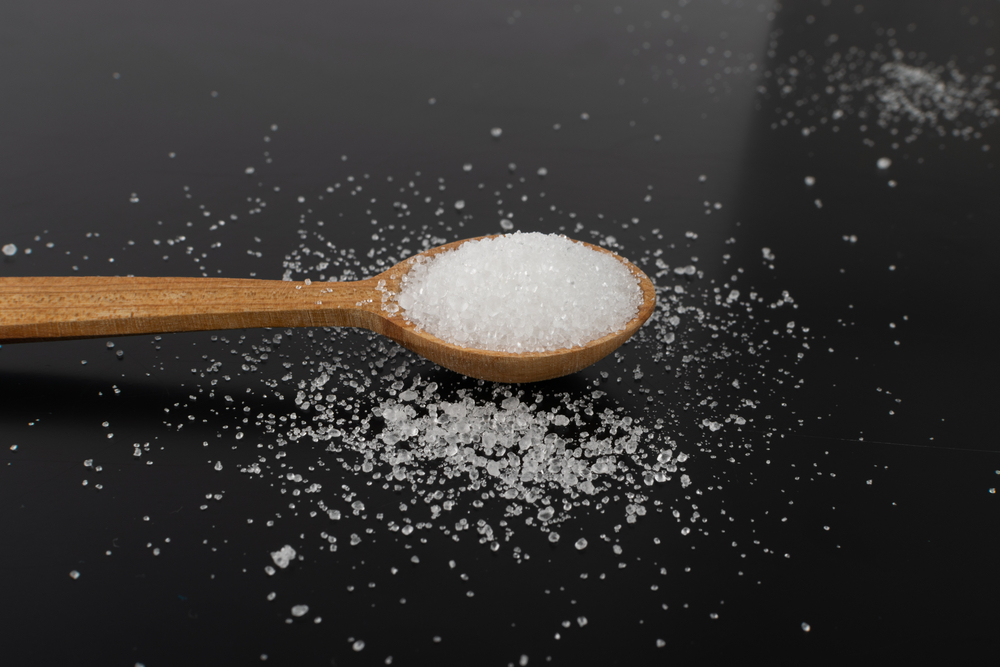Cocaine, also known as coke, is a highly addictive, fast-acting nervous system stimulant.
It is an illegal drug that is used recreationally. Cocaine is made from the leaves of a plant that is native to South America, called the coca plant. In its purest form, it looks like a fine white powder, resembling flour or talcum powder. There are several ways in which people can ingest cocaine. A person can snort cocaine powder, rub cocaine powder onto his or her gums, or dissolve cocaine powder into water and inject it directly into his or her bloodstream. Individuals can also smoke cocaine after it has been processed into crack cocaine, which is the crystal form of cocaine.
The way the substance works in one’s body is by sending increased levels of dopamine (a neurotransmitter that carries signals between brain cells) to areas of the brain that reign pleasure, and the excess buildup of dopamine elicits feelings of energy, alertness, and euphoria. The United States Drug Enforcement Administration (DEA) classifies cocaine as a Schedule II Substance, which is defined as a drug “with a high potential for abuse with use potentially leading to severe psychological or physical dependence.” The average half-life, meaning the length of time the substance will remain in one’s system until the concentration in one’s blood has been reduced by half, of coke is approximately one hour.
Detox & Withdrawal Timeline
With every detox process, an individual will experience withdrawal symptoms. Although the physical withdrawal symptoms that manifest during the detox process from cocaine are rarely life threatening, due to the highly addictive nature of the substance, it is advised to undergo detox in a supervised setting. The timeline of cocaine withdrawal consists of three different stages:
- Stage one: also known as “the crash” stage, can begin as soon as 60 minutes after one’s last dose and can last up to several days. Commonly reported examples of withdrawal symptoms from cocaine during this stage include nausea, anxiety, difficulty sleeping and irritability. Relapse is also highly common due to the intensity of adverse symptoms.
- Stage two: also known as “the withdrawal” stage, occurs right after phase one and can last up to ten weeks long. While physical withdrawal symptoms begin to subside during this stage, strong cravings for cocaine persist.
- Stage three: also known as “the extinction” stage, after ten weeks most withdrawal symptoms will have completely dissipated, but an individual may experience intermittent cravings for the following several months.
Depending on the individual, cocaine detox could last anywhere from a few weeks long to several months, and in some cases longer.
For Information and Support
Contemplating detox can be a very challenging time. Before any individual can begin to work on the underlying issues contributing to their substance abuse problem, they must be separated from the substances in their systems. If you are concerned for yourself or a loved one regarding substance abuse, and/ or addiction we recommend reaching out for help as soon as possible. The earlier you seek support, the sooner you and your loved ones can return to leading happy, healthy, and fulfilling lives. Sherwood Detox offers a stand-alone detox program. For additional information on detox, please do not hesitate to contact us at: 818-626-9959 or feel free to email us anytime. One of our trusted counselors is available to talk and discuss how we can best support you on your journey.









